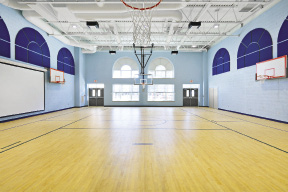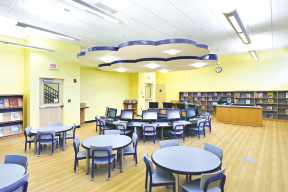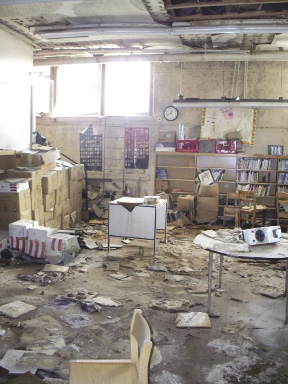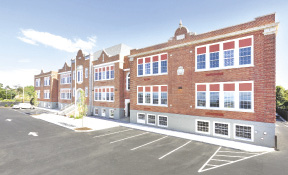
The double-height, 2,667 s/f gymnasium/playroom/cafeteria in the Prospect School addition features expansive windows, including upper clerestory arched windows, and high-efficiency LED lighting. Photo by Tom Sibley/Wilk Marketing Communications.

The 1,055 s/f library, located on the lower level of the Prospect School's original building, houses multiple computer stations and a cloud ceiling feature above the main computer and group reading area. Photo by Tom Sibley/Wilk Marketing Communications.

Thanks for Reading!
You've read 3 of your 3 guest articles
Register and get instant unlimited access to all of our articles online.
Sign up is quick, easy, & FREE.
Subscription Options
Sign up is quick, easy, & FREE.
Already have an account? Login here








